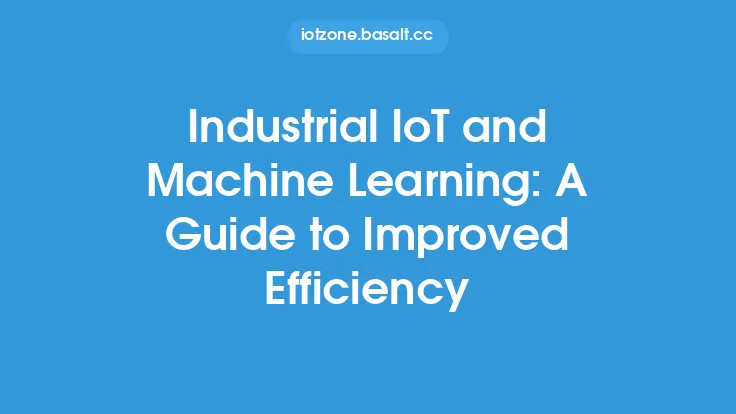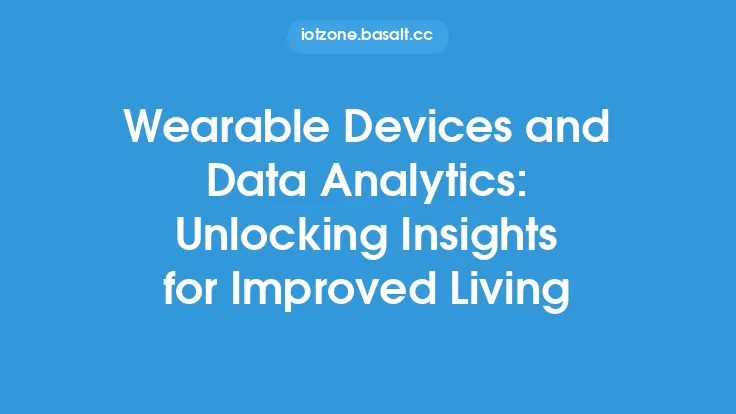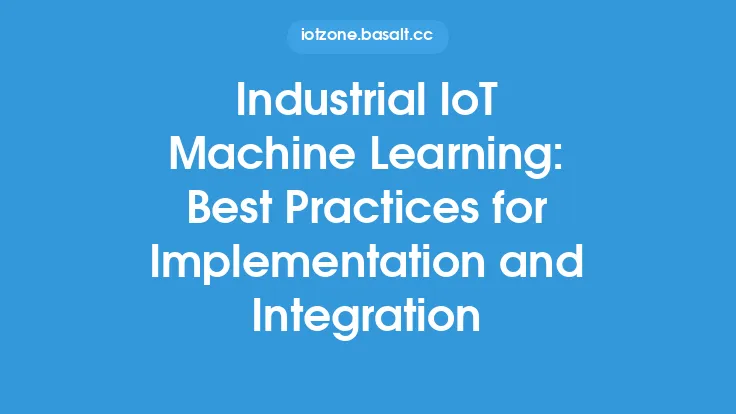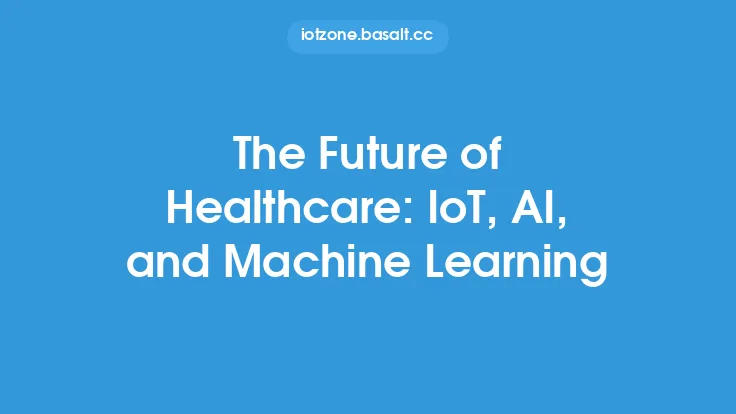The integration of wearable sensors and machine learning has revolutionized the field of predictive analytics, enabling the development of sophisticated models that can forecast various aspects of human behavior, health, and performance. Wearable sensors, which are embedded in devices such as smartwatches, fitness trackers, and smart clothing, generate vast amounts of data that can be used to train machine learning algorithms. These algorithms can then identify patterns and anomalies in the data, making it possible to predict future events or outcomes.
Machine Learning Fundamentals
Machine learning is a subset of artificial intelligence that involves training algorithms to learn from data and make predictions or decisions without being explicitly programmed. In the context of wearable sensors, machine learning can be used to analyze data from various sources, such as accelerometers, gyroscopes, and electrocardiograms (ECGs). The goal of machine learning in this context is to identify complex patterns in the data that can be used to predict outcomes such as health risks, performance metrics, or behavioral trends. There are several types of machine learning algorithms that can be used for predictive analytics, including supervised learning, unsupervised learning, and reinforcement learning. Supervised learning involves training algorithms on labeled data, where the correct output is already known. Unsupervised learning involves training algorithms on unlabeled data, where the goal is to identify patterns or structure in the data. Reinforcement learning involves training algorithms to make decisions based on rewards or penalties.
Wearable Sensor Data
Wearable sensors generate a wide range of data, including physiological signals such as heart rate, blood pressure, and skin conductance, as well as kinematic data such as acceleration, velocity, and orientation. This data can be used to train machine learning algorithms to predict various outcomes, such as health risks, performance metrics, or behavioral trends. For example, data from accelerometers and gyroscopes can be used to predict activity levels, such as walking, running, or sleeping. Data from ECGs can be used to predict cardiovascular health risks, such as arrhythmias or heart attacks. Data from skin conductance sensors can be used to predict emotional states, such as stress or anxiety.
Predictive Analytics
Predictive analytics involves using machine learning algorithms to forecast future events or outcomes based on historical data. In the context of wearable sensors, predictive analytics can be used to predict a wide range of outcomes, including health risks, performance metrics, and behavioral trends. For example, predictive analytics can be used to predict the risk of chronic diseases such as diabetes, cardiovascular disease, or obesity. Predictive analytics can also be used to predict performance metrics, such as athletic performance or cognitive function. Additionally, predictive analytics can be used to predict behavioral trends, such as adherence to medication regimens or engagement in physical activity.
Applications of Wearable Sensors and Machine Learning
The combination of wearable sensors and machine learning has a wide range of applications, including healthcare, sports, and consumer electronics. In healthcare, wearable sensors and machine learning can be used to predict health risks, monitor chronic diseases, and optimize treatment outcomes. In sports, wearable sensors and machine learning can be used to optimize athletic performance, predict injury risk, and enhance player safety. In consumer electronics, wearable sensors and machine learning can be used to develop personalized recommendations, predict user behavior, and enhance user experience.
Technical Challenges
While the combination of wearable sensors and machine learning has the potential to revolutionize predictive analytics, there are several technical challenges that must be addressed. One of the main challenges is data quality, which can be affected by factors such as sensor noise, sampling rate, and data loss. Another challenge is data integration, which involves combining data from multiple sources and sensors. Additionally, there are challenges related to machine learning, such as model selection, hyperparameter tuning, and overfitting. Finally, there are challenges related to data privacy and security, which involve ensuring that sensitive data is protected from unauthorized access or misuse.
Future Directions
The future of wearable sensors and machine learning is exciting and rapidly evolving. One of the main trends is the development of more sophisticated machine learning algorithms that can handle complex data from multiple sources. Another trend is the integration of wearable sensors with other technologies, such as artificial intelligence, blockchain, and the Internet of Things (IoT). Additionally, there is a growing interest in using wearable sensors and machine learning for social good, such as predicting and preventing diseases, enhancing public health, and promoting sustainable development. As the field continues to evolve, we can expect to see new applications, technologies, and innovations that will transform the way we live, work, and interact with each other.





